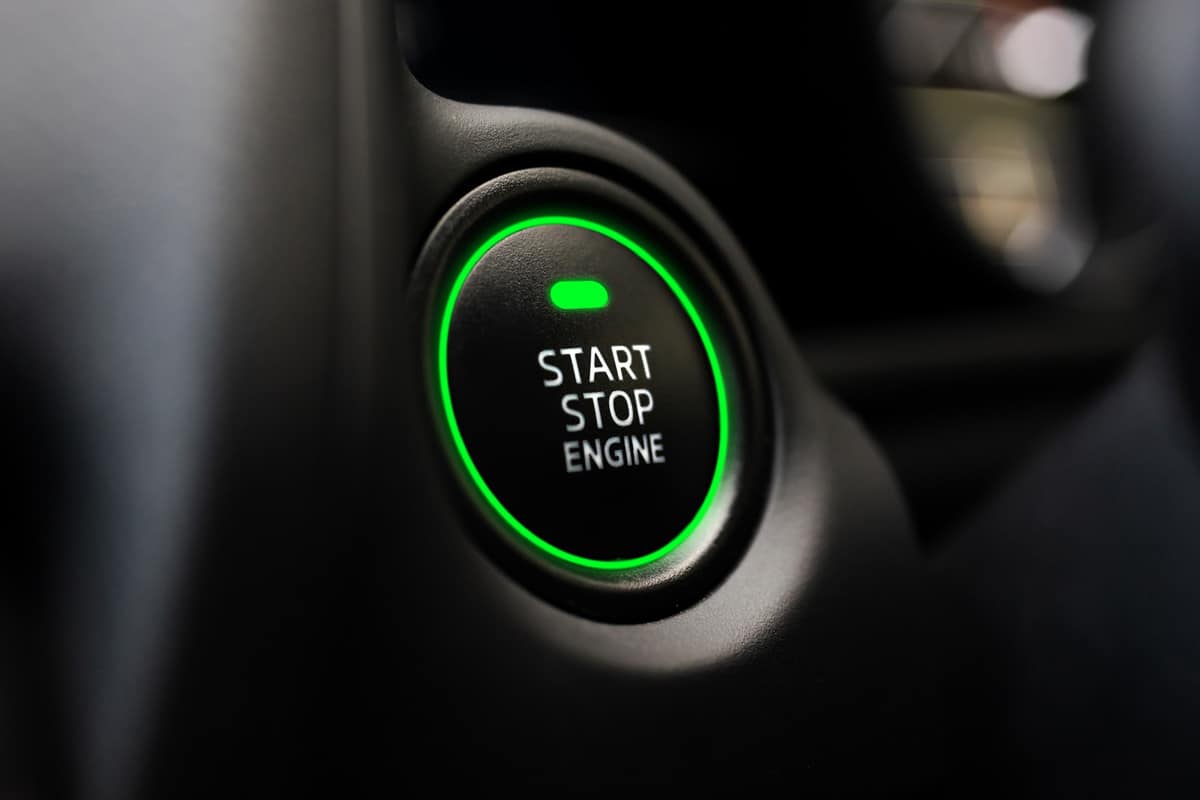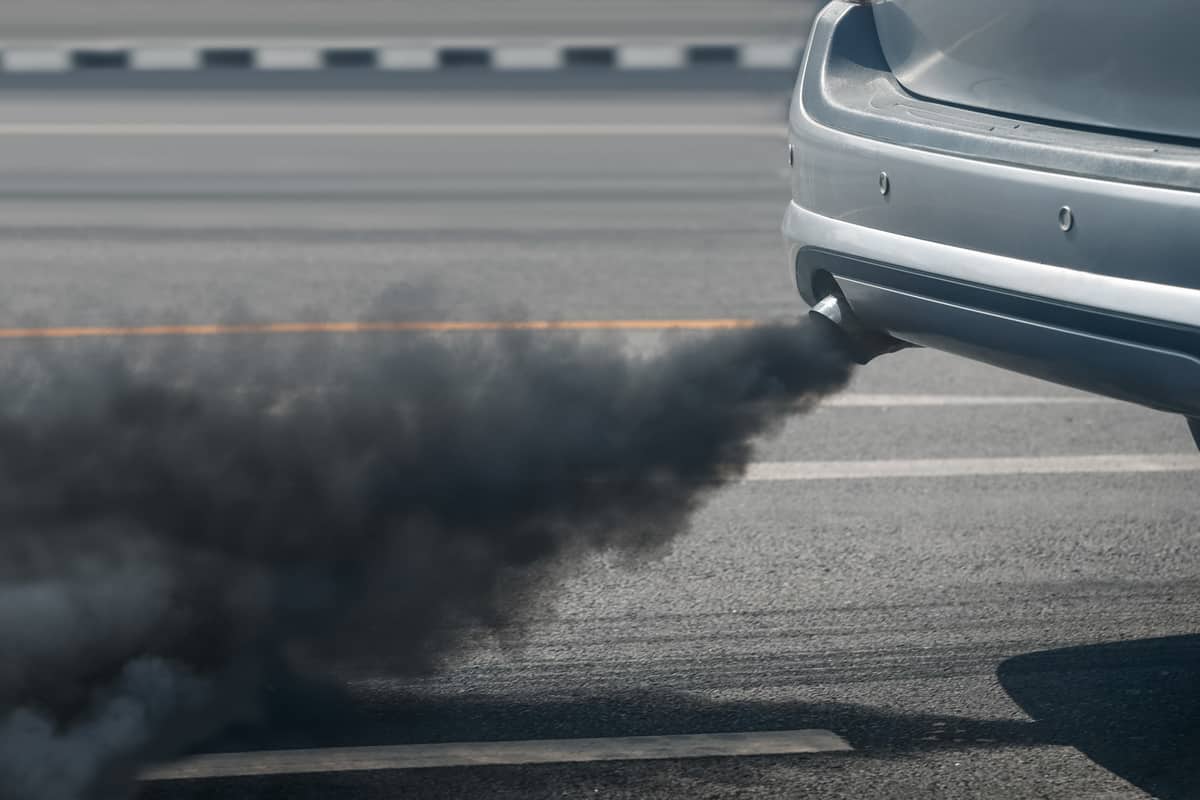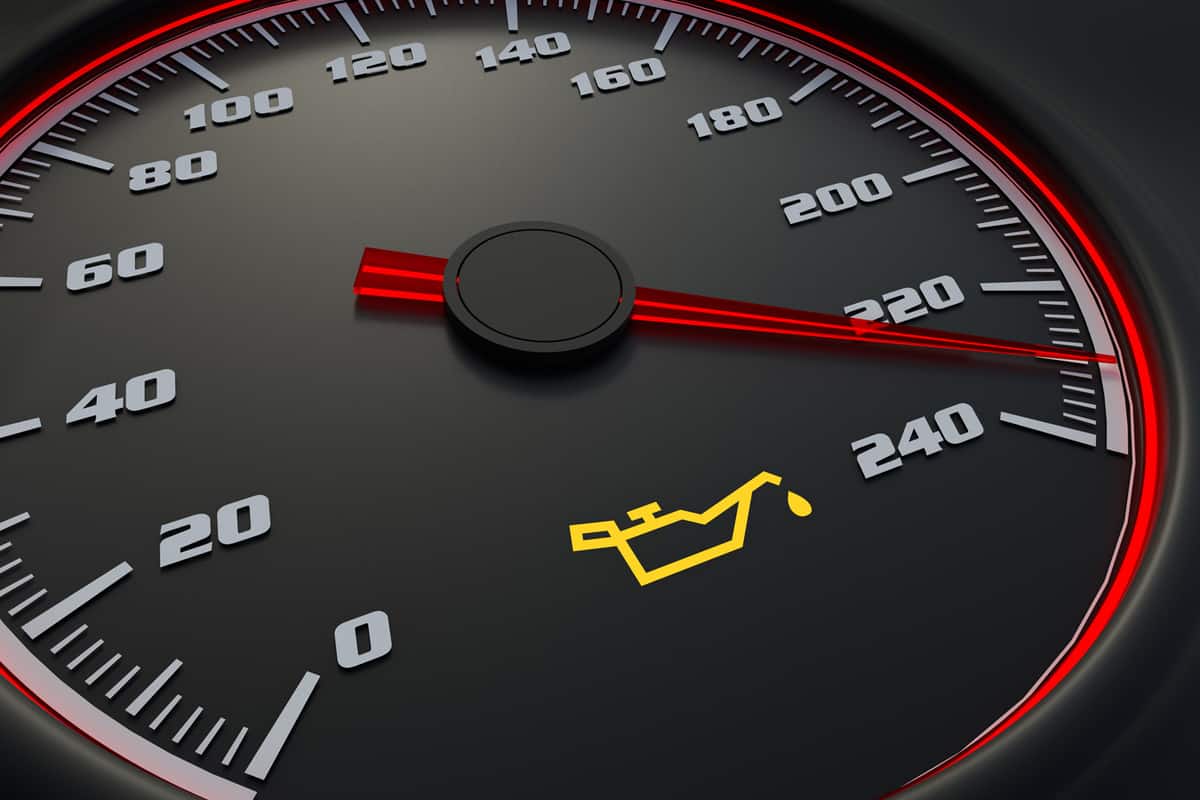Apart from the more common issues like a discharged battery or a bad starter, faulty sensors can also prevent modern vehicles from starting up. So what vehicle sensors can cause this problem? We've researched the issue, and here's what you need to know:
The sensors that can commonly cause a car to not start are as follows:
- Brake Pedal Position Sensor
- Crankshaft Position Sensor
- Camshaft Position Sensor
- Fuel Pressure Sensor
- Manifold Absolute Pressure Sensor
- Mass Air Flow Sensor
- Oil Pressure Sensor
- Throttle Position Sensor
While many seasoned automotive enthusiasts may be familiar with these components, many ordinary car owners have little knowledge about them. Read on and we will do our best to help you understand what these sensors are, and how to detect if they are failing.
![]()
What Sensors Can Cause A No-Start?
Most of the sensors that prevent a car from starting are involved in regulating the fuel, air, and spark needed by an internal combustion engine.
Additionally, some sensors help to maintain engine lubrication. Finally, some of these sensors detect the driver's actions to ensure safety.
Brake Pedal Position Sensor
The Brake Pedal Position Sensor (BPPS), as its name suggests, determines the position of the brake pedal.
Instead of the BPPS, some cars come with brake light switches. The basic function of both the sensor and the switch is to send a signal that will make the brake lights illuminate.
However, in modern cars, the sensor or the switch also sends a signal to the car's computer. In cars with push-button ignitions, manufacturers added a safety feature that requires the driver to step on the brakes before starting the car.

If the BPPS or brake light switch is faulty, the car may not start at all.
You will know that something may be wrong with the BPPS if your brake lights seem to be malfunctioning. The lights may stay on even with your foot off the brake pedal, or the lights may not activate even when you step on the brakes.
Crankshaft Position Sensor
The crankshaft position sensor is used on almost all modern cars to establish crankshaft position and engine speed.
This sensor relays the information to the car's computer so that the fuel injection and ignition can occur at the right time for each cylinder's combustion chamber.
A faulty crankshaft position sensor can make it difficult for your car to start because the engine is not firing properly on all cylinders. A totally dead crankshaft position sensor may make it impossible to start the engine.
Crankshaft position problems trigger the "check engine" warning light. If you are still able to start your car, then you may experience the following:
- Reduced fuel efficiency
- Car backfiring
- Slow accelerator response
- Transmission shifting problems
- The smell of unburnt fuel in the car
- Black smoke from the exhaust pipe

Camshaft Position Sensor
As the name suggests, the camshaft position sensor determines the position of the engine's camshaft.
This sensor works in tandem with the crankshaft position sensor to let the car's computer manage the firing sequence of the engine's cylinders correctly.
A faulty camshaft position sensor can send the incorrect data to your car's computer and make it hard for your car to start. A non-functioning camshaft position sensor, in turn, may prevent you from starting your car altogether.
Just like its partner sensor, the camshaft position sensor will trigger the "check engine" warning light if it has problems. You may also experience the same symptoms in your car.
Fuel Pump Switch /Inertia Switch/Impact Sensor
A fuel pump switch, sometimes called an impact sensor, automatically cuts power to the fuel pump when the car crashes. Installed in many Ford models, this sensor helps prevent cars from catching on fire if an accident occurs.
If the switch/sensor does not reset automatically, it will prevent the fuel from reaching the engine. Thus, the car will not start.
Fuel Rail Pressure Sensor
Not to be confused with the fuel tank pressure sensor, the fuel rail pressure sensor (FRPS) monitors the pressure of the fuel in the fuel rail. The fuel rail is the tube that directly feeds fuel to the engine's fuel injectors.
The car's computer uses the data from the FRPS to adjust the amount of fuel being sent through the injectors. If the sensor is faulty, the car's computer may cause the air-fuel mixture to become too fuel-rich or lean for the car to start properly.
A bad fuel rail pressure sensor can be very dangerous. If you manage to start your car before draining your battery, you will risk stalling your car during your trip. You may also lose power during crucial times, like during overtaking scenarios.
A faulty fuel rail pressure sensor will activate the "check engine" warning light. Furthermore, it may result in poor acceleration. If this sensor is causing your engine to run rich, your car's fuel consumption may skyrocket.
If your fuel rail pressure sensor is just starting to act up, it may just cause hard-starting for the first few instances.
However, as the sensor becomes more problematic, you will find it increasingly difficult to start your car until you can't start it at all.
Manifold Absolute Pressure Sensor
The manifold absolute pressure (MAP) sensor determines the amount of pressure or vacuum in the engine's intake manifold. The intake manifold is where the cool outside air is distributed to each of the engine's cylinders.
The MAP sensor sends the pressure data to the vehicle's computer, which in turn calculates the appropriate amount of fuel for proper combustion.
For instance, if a driver steps hard on the throttle pedal, more air will rush into the intake manifold and cause the pressure to drop. The MAP sensor will relay this information to the car's computer, which will then send more fuel to the cylinders.
A faulty or broken MAP sensor can send incorrect data to the car's computer, and this will cause an incorrect amount of fuel to be sent to the engine. Without the proper air-fuel mixture, the car may not start.
A bad MAP sensor will trigger the "check engine" light. Moreover, it will cause the same symptoms as a faulty fuel rail pressure sensor.
![]()
Mass Air Flow Sensor
Modern cars may use either a MAP sensor or a mass air flow (MAF) sensor to help regulate the engine's air intake. Some turbocharged engines use both.
Installed between the air filter and the intake manifold, the MAF sensor measures the amount of air that goes into the engine. The car's computer uses this data from the MAF sensor to determine the correct amount of fuel needed for optimum combustion.
A bad MAF sensor will cause the same problems and symptoms as a bad MAP sensor.
Oil Pressure Sensor
All car engines need engine oil lubrication to keep working properly. The oil pressure sensor monitors the oil pressure in the engine to ensure that the oil will circulate properly once the engine starts.
On some newer vehicle models, a low or no-pressure reading from the oil pressure sensor can cause the car's computer to prevent the car from starting.
In some older vehicles, the oil pressure sensor acts as a safety measure by cutting off power from the fuel pump.
A faulty oil pressure sensor may cause the oil pressure warning light to go on.

Throttle Position Sensor
The throttle position sensor (TPS) monitors the throttle valve position. As a part of the fuel management system, the TPS helps achieve the right air-fuel mixture for the best engine performance.
Although it may not happen often, a faulty TPS can sometimes prevent a car from starting.
Many modern cars enter an "engine flood clearing" mode when the vehicle's computer senses a wide-open throttle prior to starting. Here, the computer cuts off the fuel supply so the engine can clear any fuel sitting in the cylinders.
If a faulty TPS says that the throttle is in a wide-open position, then the engine will not start.
Engine Coolant Temperature Sensor
The Engine Coolant Temperature Sensor (ECTS) monitors the engine coolant's temperature. With this data, the car's computer can adjust the air-fuel mixture depending on how cold or hot the engine is.
A faulty ECTS can definitely cause hard starting. However, some enthusiasts claim that a faulty ECTS can also prevent some cars from starting because some engines are more sensitive to changes in the air-fuel mixture than others.
How Do You Check If A Sensor Is Working?
The symptoms of a failing sensor may be the same as another sensor. If you are not very familiar with automotive repair, you might want to get your car serviced by the dealership or an aftermarket professional.
If you are comfortable working on your own car, then you may try using an onboard diagnostics (OBD) scanner. Depending on your car model, you may need an OBD1 or an OBD2 scanner.
An OBD scanner is a diagnostic tool that connects to your car through a wired connection to the OBD port. This tool can scan every diagnostic trouble code generated by your car’s computer, including those from faulty sensors.
Check out this best-selling OBD2 scanner on Amazon.
Wrapping Up
Your car may have several sensors that can prevent it from starting. The sensors may just be faulty, or there might be something wrong with the car.
You can check these sensors with the proper tools and expertise, but you can always leave it to the professionals.
Thank you for reading, and we hope we were able to help you understand more about your car's sensors.
For more interesting automotive topics, check out these articles below.
Can You Drive With The Oil Light On [And How Far]?

